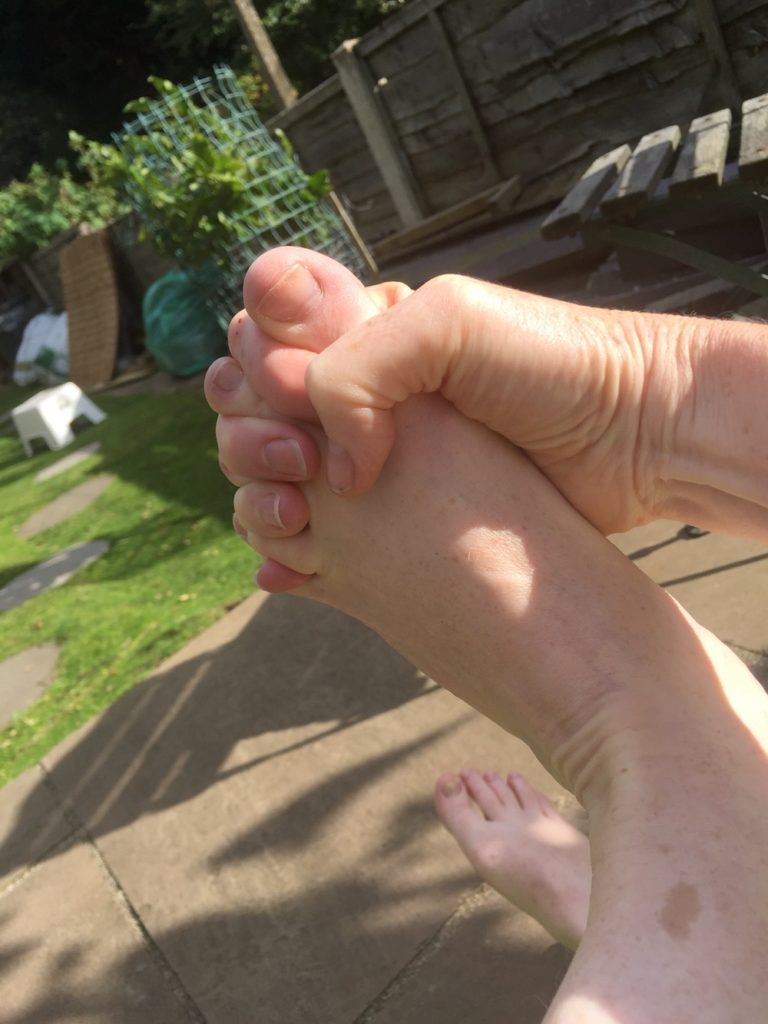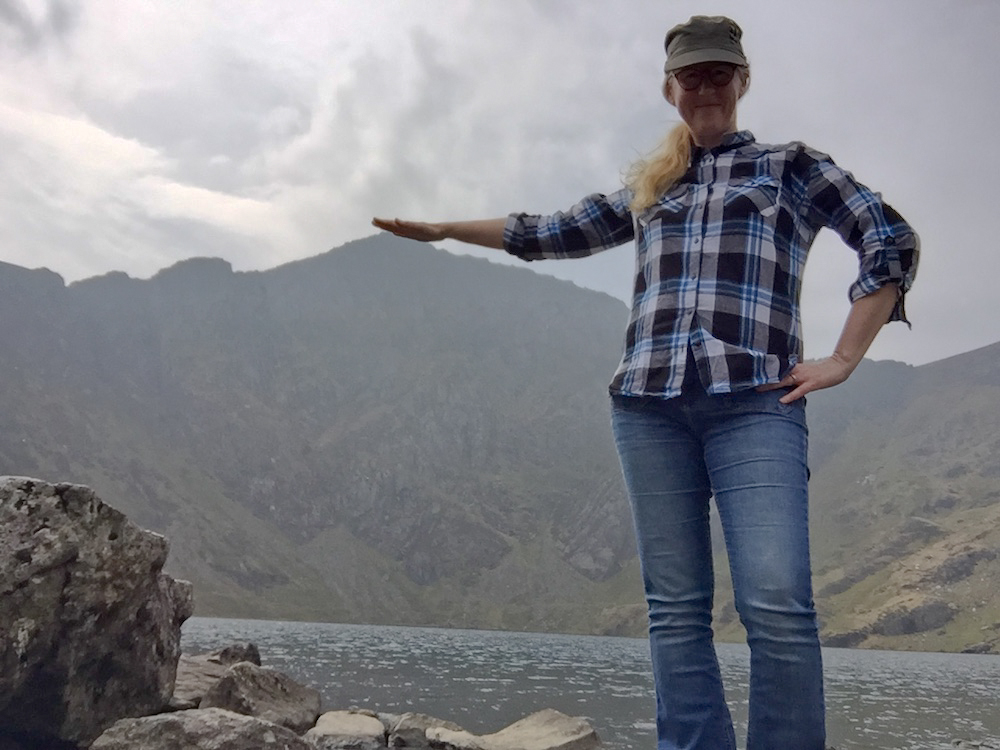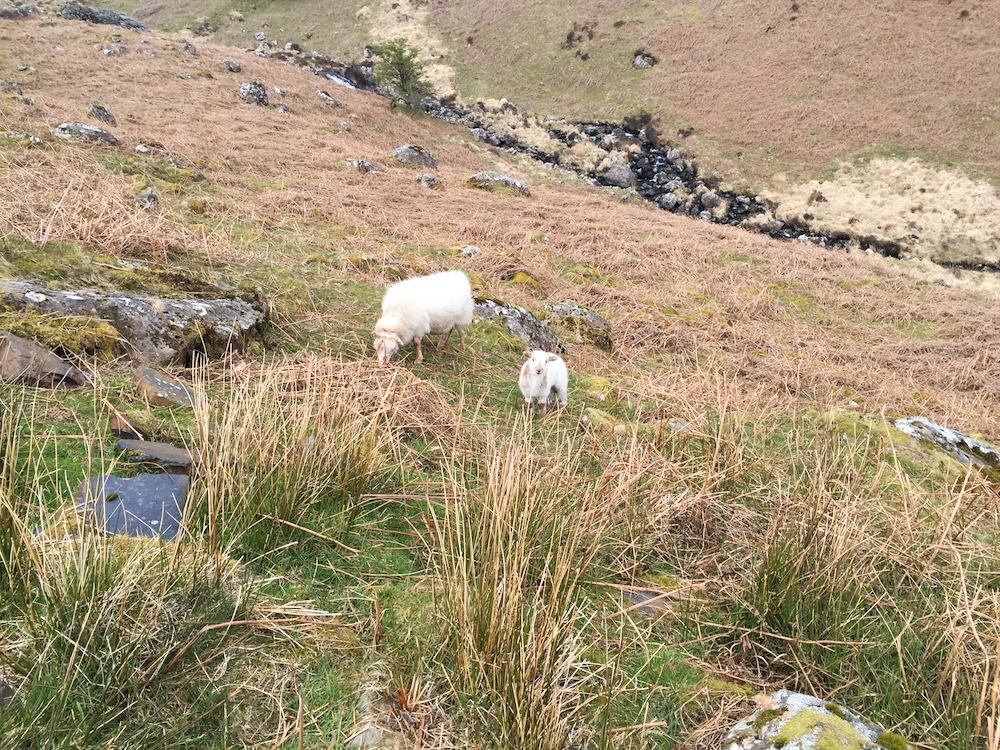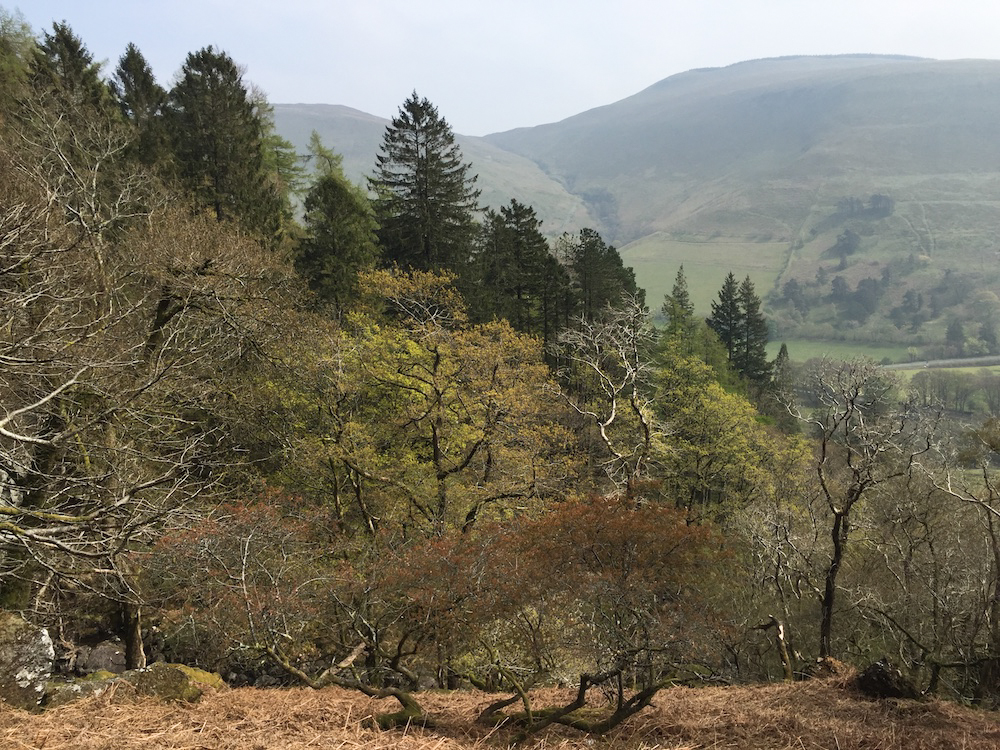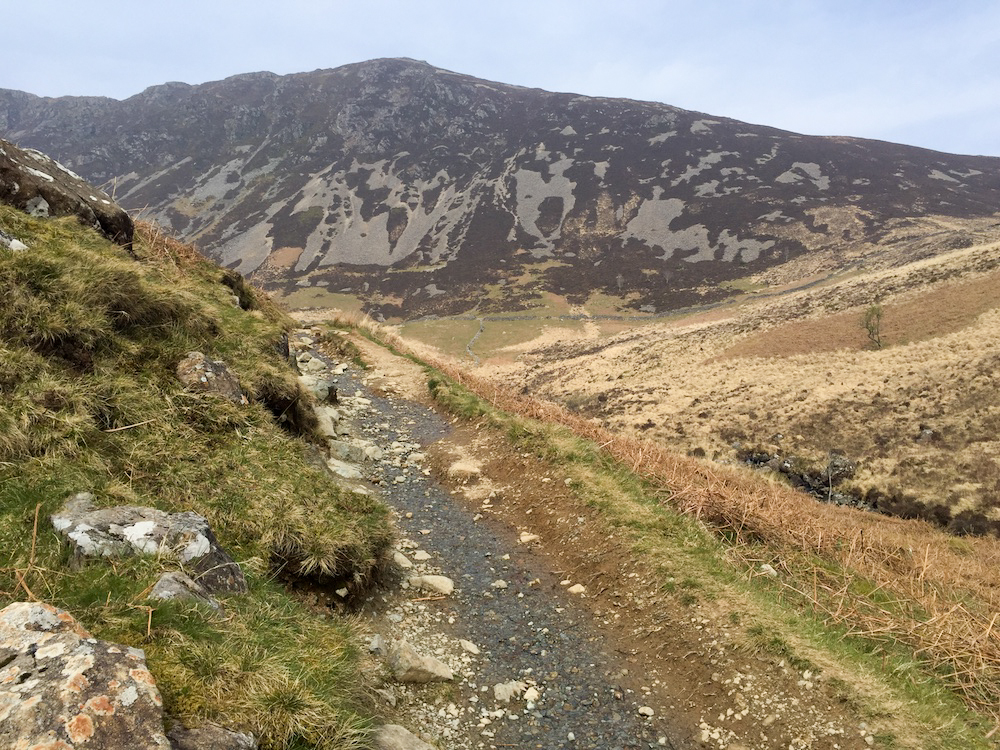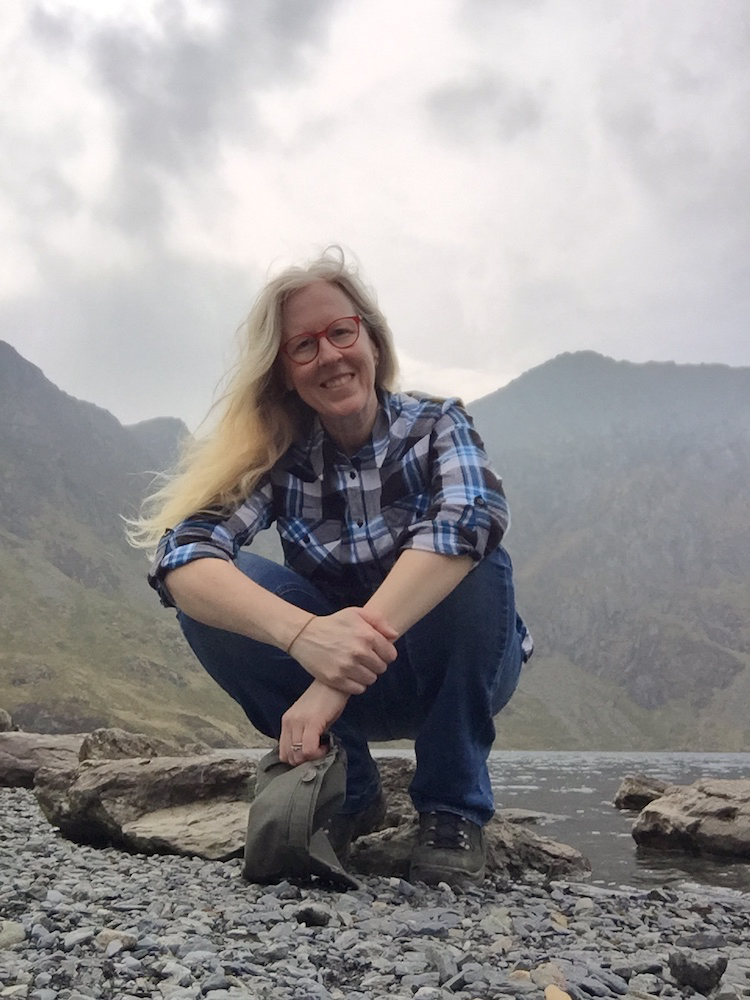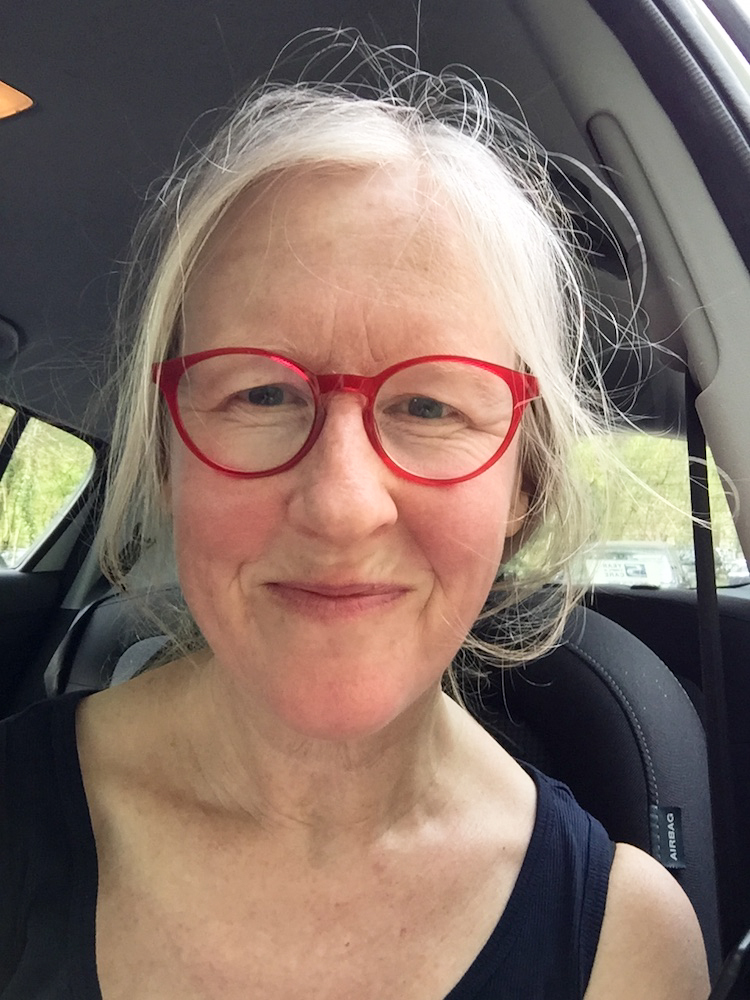Normally I walk alone but on Sunday evening, I led group of eight people on a night walk around the unlit borderlands of Stirchley, Lifford and Bournville in south Birmingham.
It was more than a walk. It felt more like a short expedition or an adventure or an exploration into the unknown, because who knew how things would change after dark?
I had many questions. Having ventured into the darkness, I now have some answers.
1. Who or what lurks in the shadows?
No one. Us. In the park, a dog with an LED collar and its owner. On the towpath, a cyclist.
2. Did you need a torch?
For the first few minutes, yes. The city does not get fully dark even during a new moon although night vision kicks in quite quickly. From the street everything looked black but the dark was elusive once we stepped into it.
3. Did you feel differently at the start and end of the walk?
I was a bit apprehensive about what we might find going into a park or along a canal after dark. At the same time, walking in a group was nowhere near as tense as the time I ventured alone into a park. Having someone to talk to is very calming.
I think we all felt emboldened as time went on. By the end of the walk, I felt quite calm and perhaps even weirdly disappointed that there weren't any thrills beyond exploring the world after dark. It was surprising how unthreatening the whole event was.
4. Why a night walk?
Because walking at night is otherworldly and comes with a sense of the forbidden. Green spaces, such as parks, canals and cut-throughs, feel off-limits and taboo at night. The absence of people in them makes you feel safer at night but it is simultaneously strange to see these popular spaces deserted.
Becoming invisible was also a big draw – invisibility is a fun power –and the instruction was for participants to wear black or dark clothing to facilitate our becoming creatures of the night. I also suggested we move quietly, with cat-like stealth, and to talk quietly so as not to be heard or seen.
Lastly there is a power and pleasure in becoming the weirdos who are lurking in the dark. It flips the dynamic away from being a potential target or victim, and allows us – particularly women, I would say – to reclaim the night.
5. What did you learn?
That the park after dark can be a serene, peaceful place.
That coming back onto the streets is an assault on senses that have become attuned to nuances of light and shade. That sunglasses or a pirate's eye patch might be desirable… I learned from my fellow walker (and husband) Pete that pirate eye patches were used to deal with the sudden change of light going above and below deck – just flip it over as needed.
I also learnt that my ever-whitening hair glows at night. So my ideal night walk outfit is a witch's hat, a pirate's eye patch and a black invisbility cloak. Probably.
6. What did you gain?
The knowledge of what is out there.
This also raised more questions – what was that culvert river in Cotteridge Park? Where does it appear and where does it flow? There is nothing on the internet maps. Should we follow it and find out?
7. Were you scared at any point?
Briefly – by a solitary figure standing at the edge of the woods in Cotteridge Park. It turned out to be a small conifer. This is where night vision can be deceiving and amplify your fears. The reflections in the pond also warped my depth perception of where the water line was.
8. Was there any colour vision?
None – apart from the orangey glow of distant lights. No blues, reds or greens to be seen.
9. What kind of people go on a night walk?
People who want new experiences. Most were from an extended network of friends. It was mainly women who registered for the event although the mix was more balanced after six cancellations on the day.
What I liked was that everyone actively wanted to make the most of the dark and turn off the torches. Most went to the pub afterwards too and I was reminded of how the social element of walking is an important one. It was a shared experience.
10. Will there be another one?
Well, full moon is in two weeks…
'Dark Moon Walking' was the third in an ongoing series of Stirchley walks called Perambulate With Me. It was timed to coincide with the new moon, the annual Terminalia festival of psychogeography and the launch of Walkspace, a collective of walking artists in the West Midlands.
Photos from Dark Moon Walking with a walk review by Pete Ashton are on Walkspace.
Hire/commission me: fiona [at] fionacullinan.com
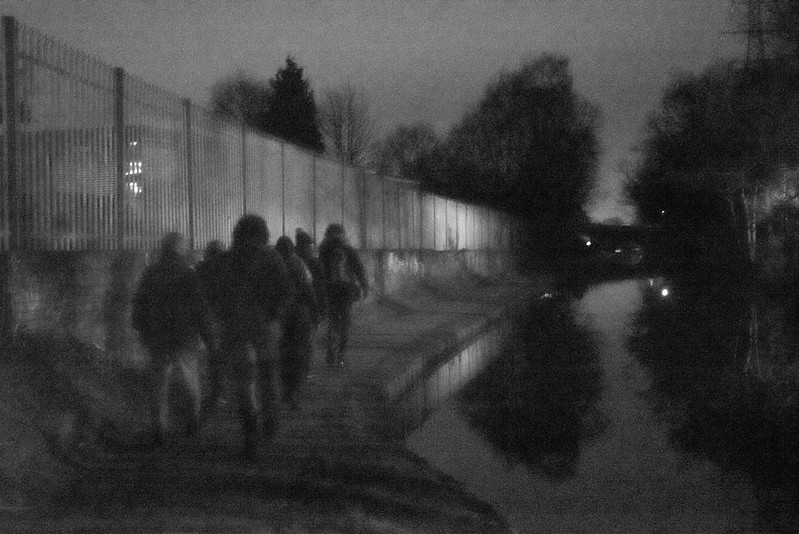
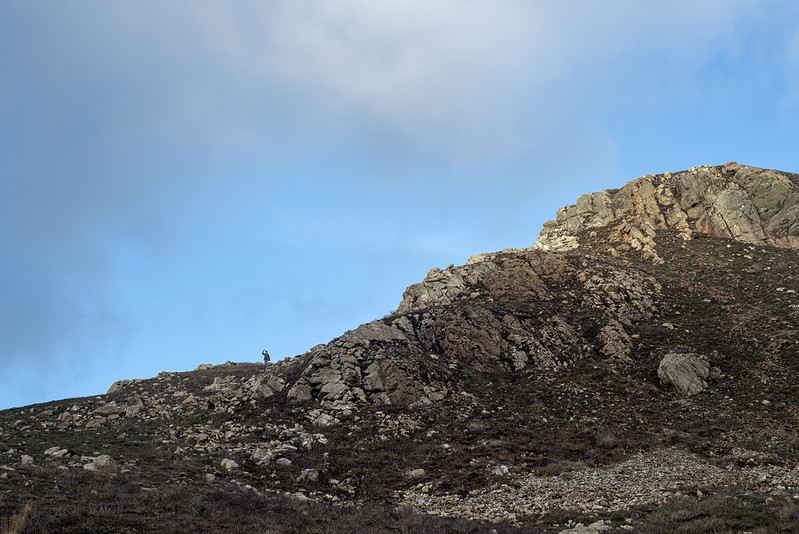
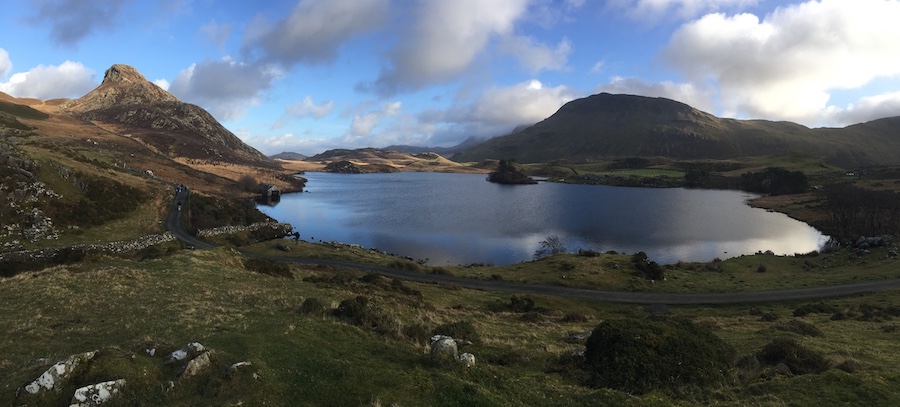
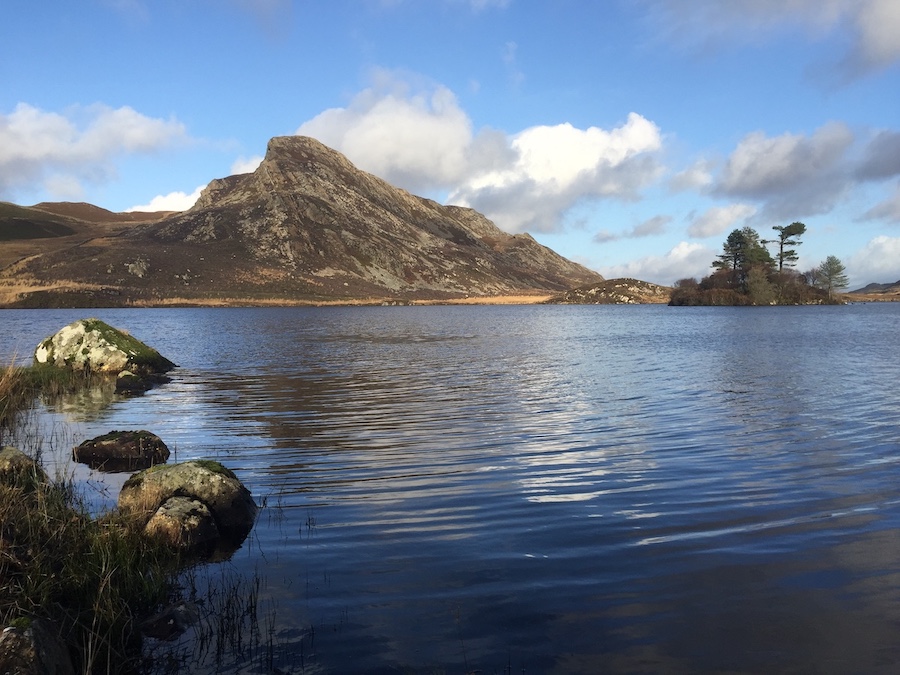

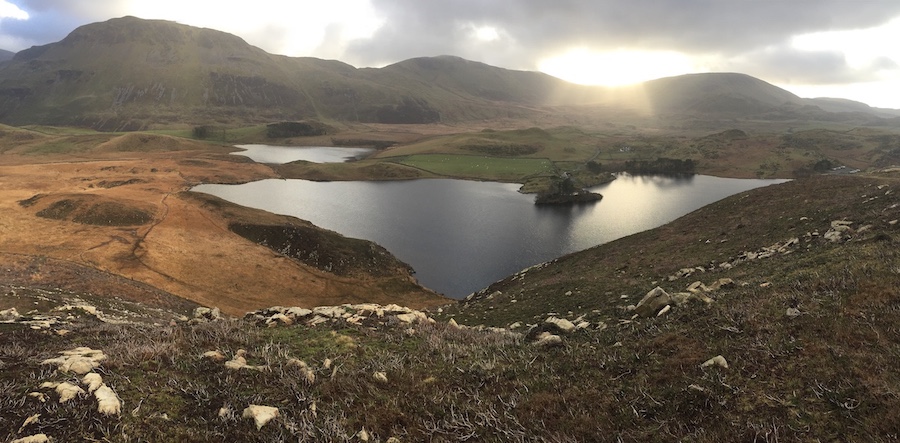
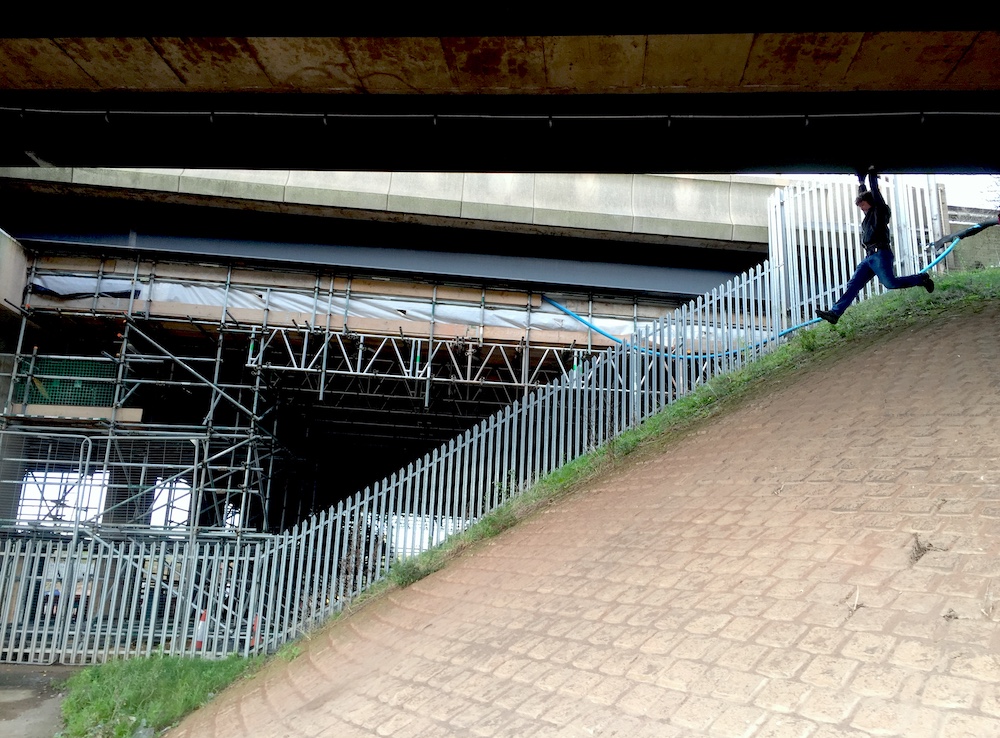
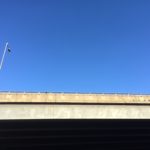
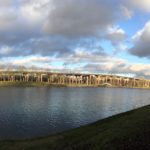
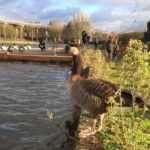
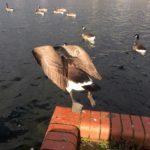
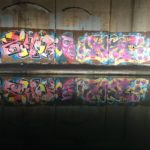

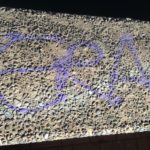
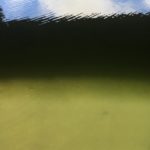

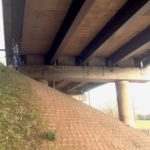
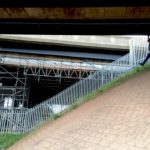
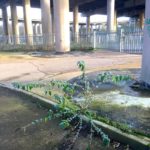

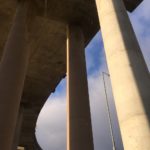
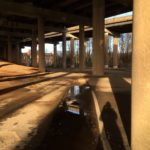
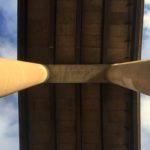

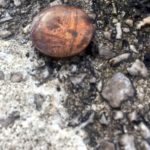
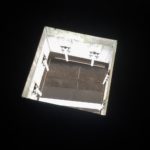
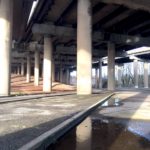
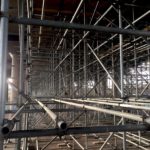
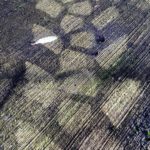
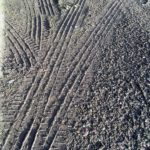
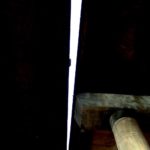

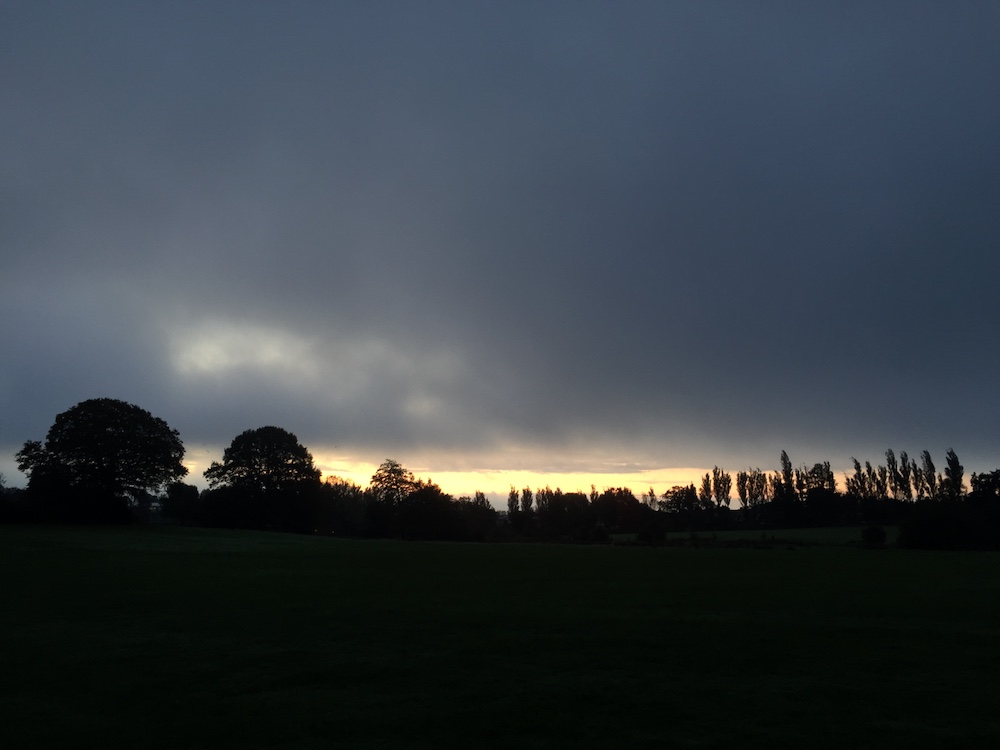

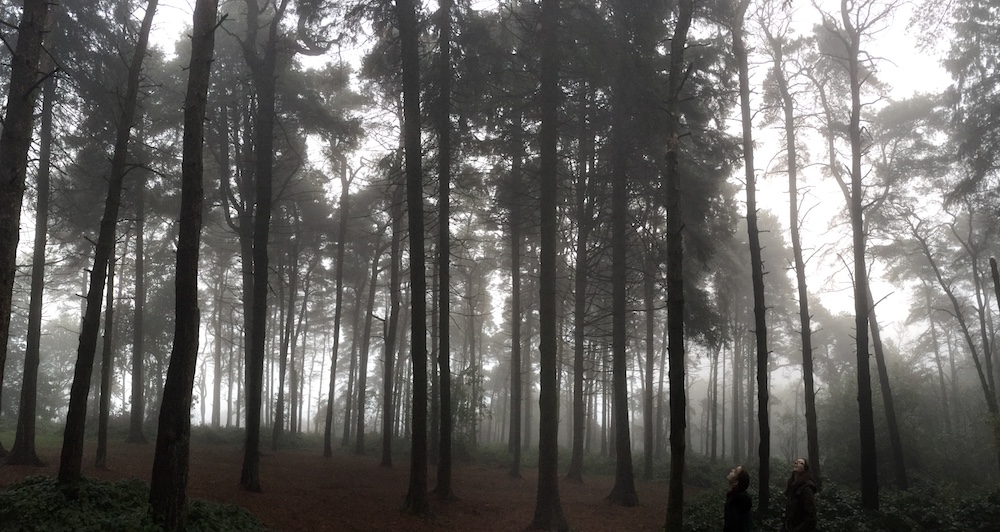

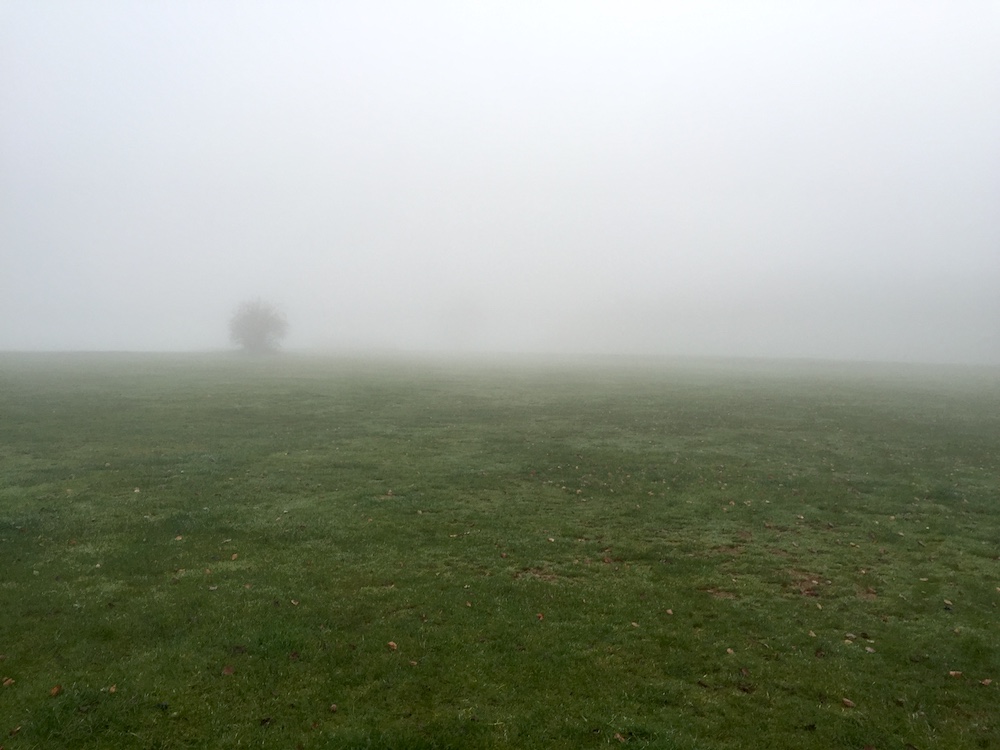
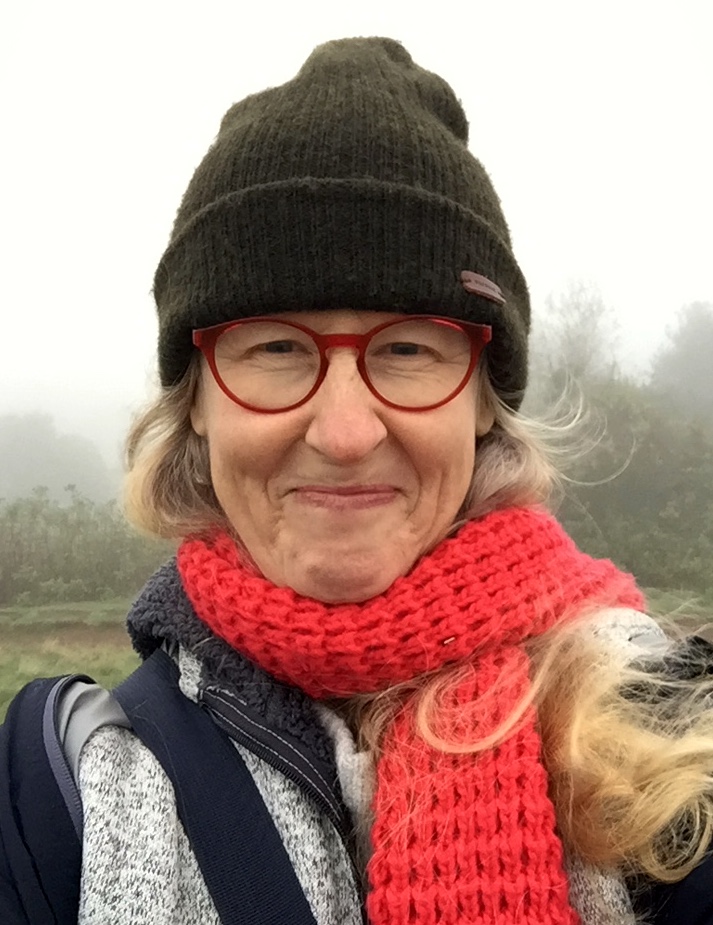
 I discovered the importance of having independent toes (the ability to flex individual toes on command) after reading
I discovered the importance of having independent toes (the ability to flex individual toes on command) after reading 